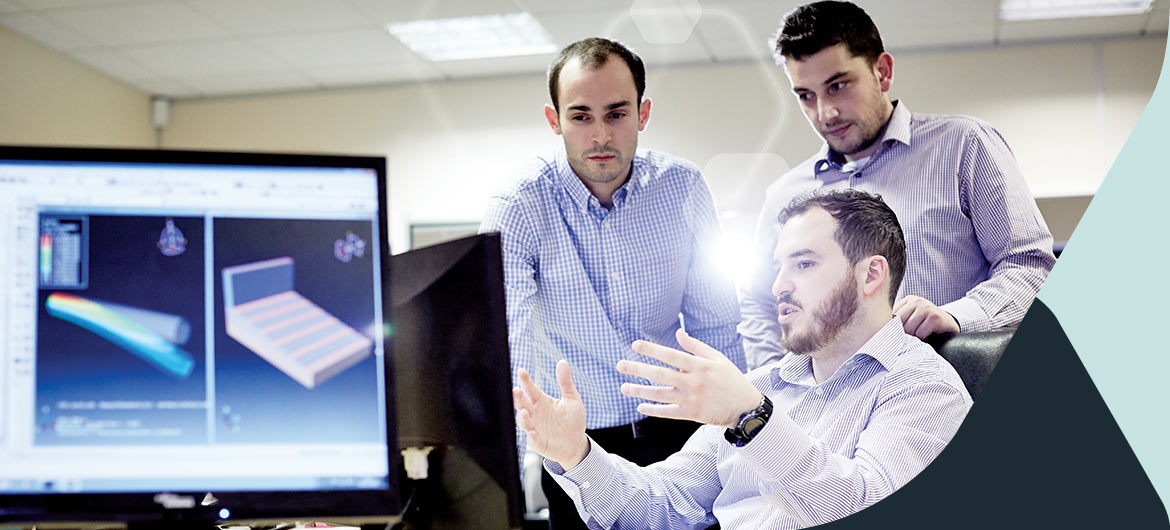Haydale Composite Solutions Ltd (HCS), a subsidiary of graphene specialists Haydale, has entered into a collaborative 18 month research project to develop graphene reinforced composites.
While carbon fiber composites are used extensively in aircraft applications such as fuselages, leading edges and wing surfaces, because the materials are poor conductors of electricity they are prone to damage from lightning strike. This has led to aircraft companies incorporating copper or aluminum meshes into the composite materials which add significant weight and cost.
Since the electrical conductivity of graphene enhanced composites has already been established, the aim of this new project is to develop highly electrically conductive epoxy resins through the addition of functionalised graphene which, when combined with conductive carbon fiber, is expected to result in a highly conductive carbon fiber reinforced epoxy composite material capable of withstanding lightning strike in its own right. The development of such a material would result in safer aircraft, weight and cost savings from the elimination of the expensive metallic meshes as well as eliminating time associated with integrating the meshes into the structure.

The project which is awarded and managed by the National Aerospace Technology Exploitation Programme (NATEP), involves two end users; Airbus UK and BAE Systems Plc. Collaborating in the project are Cobham Plc (lightning strike advice and testing), SHD Composites Ltd (carbon fiber reinforced epoxy resin pre-impregnated fabric supplier) and HCS (supplier of functionalised graphene enhanced epoxy resins). NATEP are providing a grant of up to £150,000 towards the £300,000 cost of the research project, of which HCS will receive up to £100,000.
New generation
‘The ability to develop electrically conductive epoxy resins by incorporating alternate forms of graphene functionalised by our proprietary HDPlas process is a great opportunity for us,’ said Gerry Boyce, MD of HCS commented. ‘We are very excited about developing highly conductive carbon fiber reinforced epoxy composite materials and structures which require no additional parasitic lightning strike protection. The ability to add graphene to change one of the fundamental characteristics of the base resin, in this case, electrical conductivity, is a most important development for composite engineers and could lead to a whole new generation of graphene enhanced composite materials.’
This story is reprinted from material from Haydale, with editorial changes made by Materials Today. The views expressed in this article do not necessarily represent those of Elsevier.





